Cars, trucks, SUVs, RVs, marine vehicles, and even golf carts all have batteries that can fail over time, especially in extreme temperatures. Before cold weather sets in, stop by any auto parts store, Tedford’s Tire and Auto Service, or Les Schwab, and they will test your battery for free to make sure it’s strong enough to survive the winter.
It's important to gear up for winter and be prepared with winter accessories before a storm hits. Be sure to carry extra water, medications, blankets, and snacks in case you are unable to get to your destination due to Old Man Winter.
Have a window scraper in your vehicle and always clean the inside of the windows; it will allow your vehicle’s defroster to work more efficiently. Check the antifreeze, oil, and windshield washer fluid levels often. Antifreeze mixture should ideally be 50% water and 50% antifreeze, and can be checked with a simple tester. Consider using a windshield washer fluid with a deicer, or add isopropyl alcohol to the regular washer fluid to help with light frost and ice on your windshield in the mornings. Randy Sharp of Tedford Tire and Auto Service said, “DO NOT pour hot liquids on your windshield in the frosty mornings, as it can cause the window to crack.”
If your wiper blades have been streaking, skipping, or smearing, they should be replaced. Consider installing a winter blade that’s designed for snow and ice.
Check your vehicle's heater and defroster. Run your heater and defroster to make sure they’re warm and working adequately. If they are not, you will need to contact a mechanic to figure out what the issue may be.
Keeping your fuel tank at the top half of full during winter will not only ensure you don’t run out of gas in the cold but also help you avoid idling in a storm or traffic. It will also help prevent damage to your fuel system.
Test all your lights —headlights, taillights, brake lights, turn signals, and hazards. You will be driving in the dark more often as the days get shorter. It’s not a bad idea to keep a spare set of bulbs on hand to change if needed during the long winter.
Randy Sharp, of Tedford Tire and Auto Service, cautions that as the season gets colder, tire pressures drop. Ninety percent of all tires are under-inflated in the winter months. Tire tread and pressure are always important, but especially when you’re driving through the winter months. Nevada allows motorists to run their vehicles on studded snow tires from October 1 through April 30 of each year.
Suppose your brakes aren’t working as smoothly, quietly, or effectively as they used to. In that case, it’s a good idea to visually inspect them or take them to a professional technician for diagnosis.
These are some winter driving safety tips that can also be used all year. Don’t let Old Man Winter catch you off guard for your winter driving.



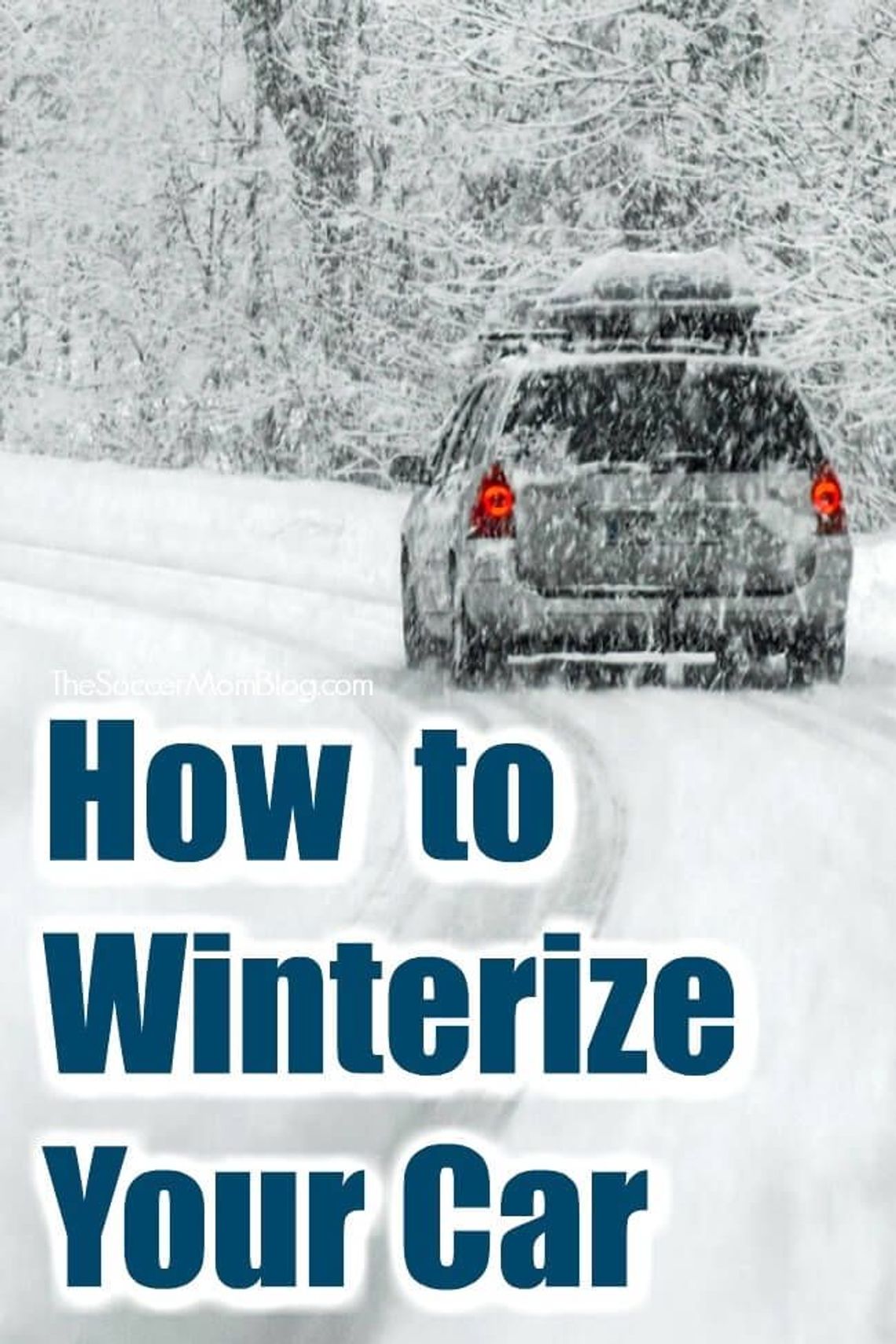

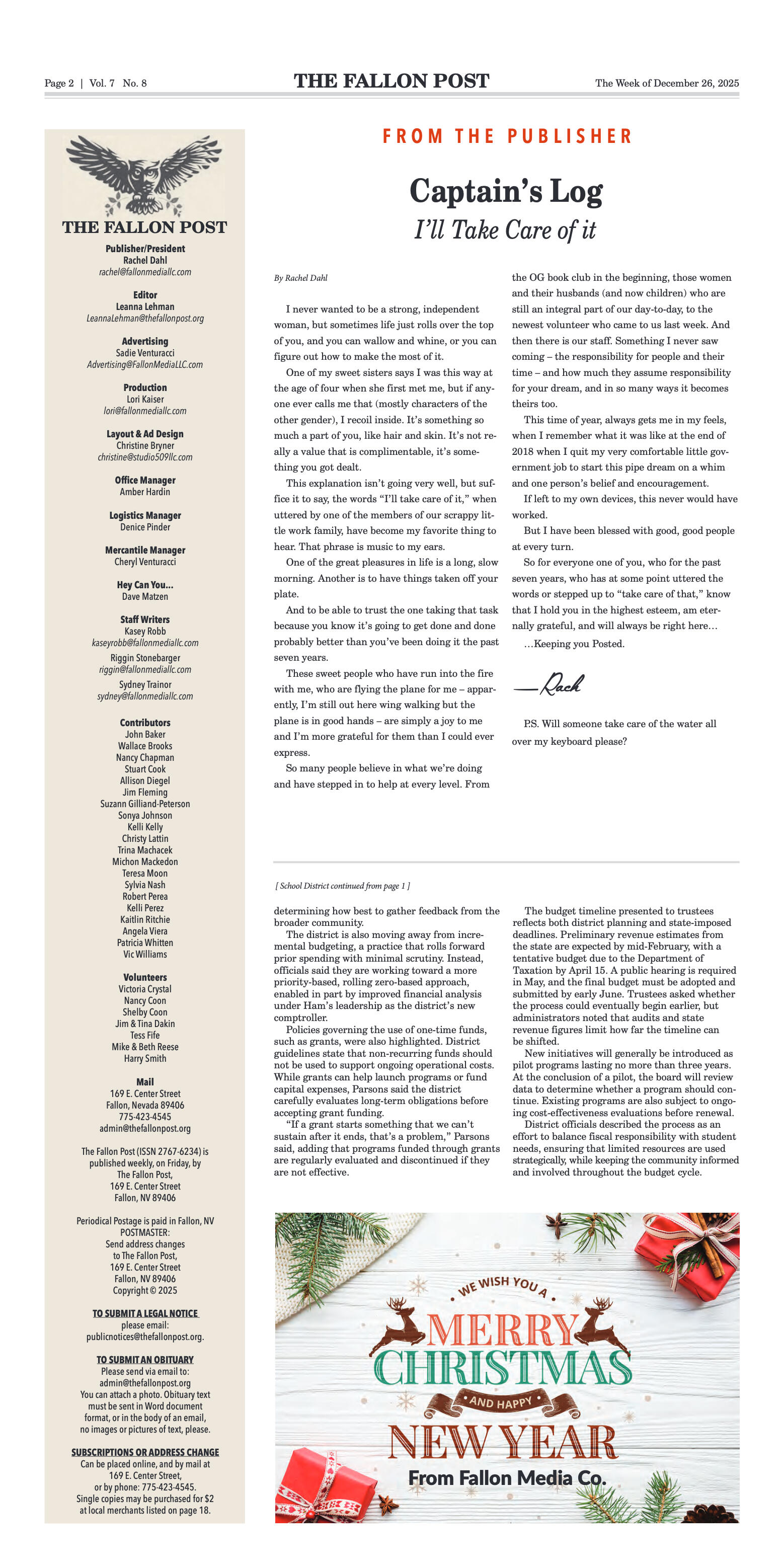



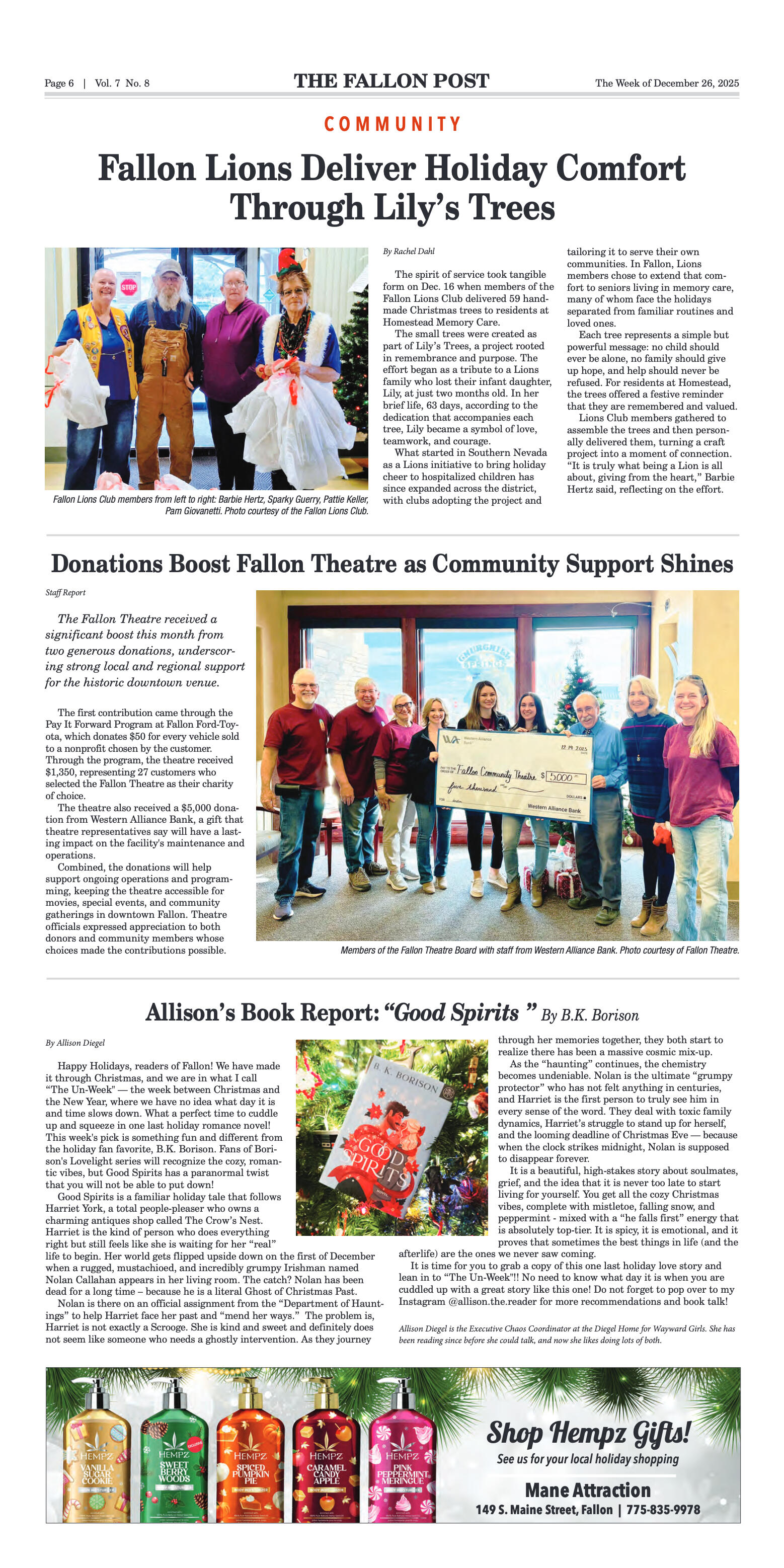
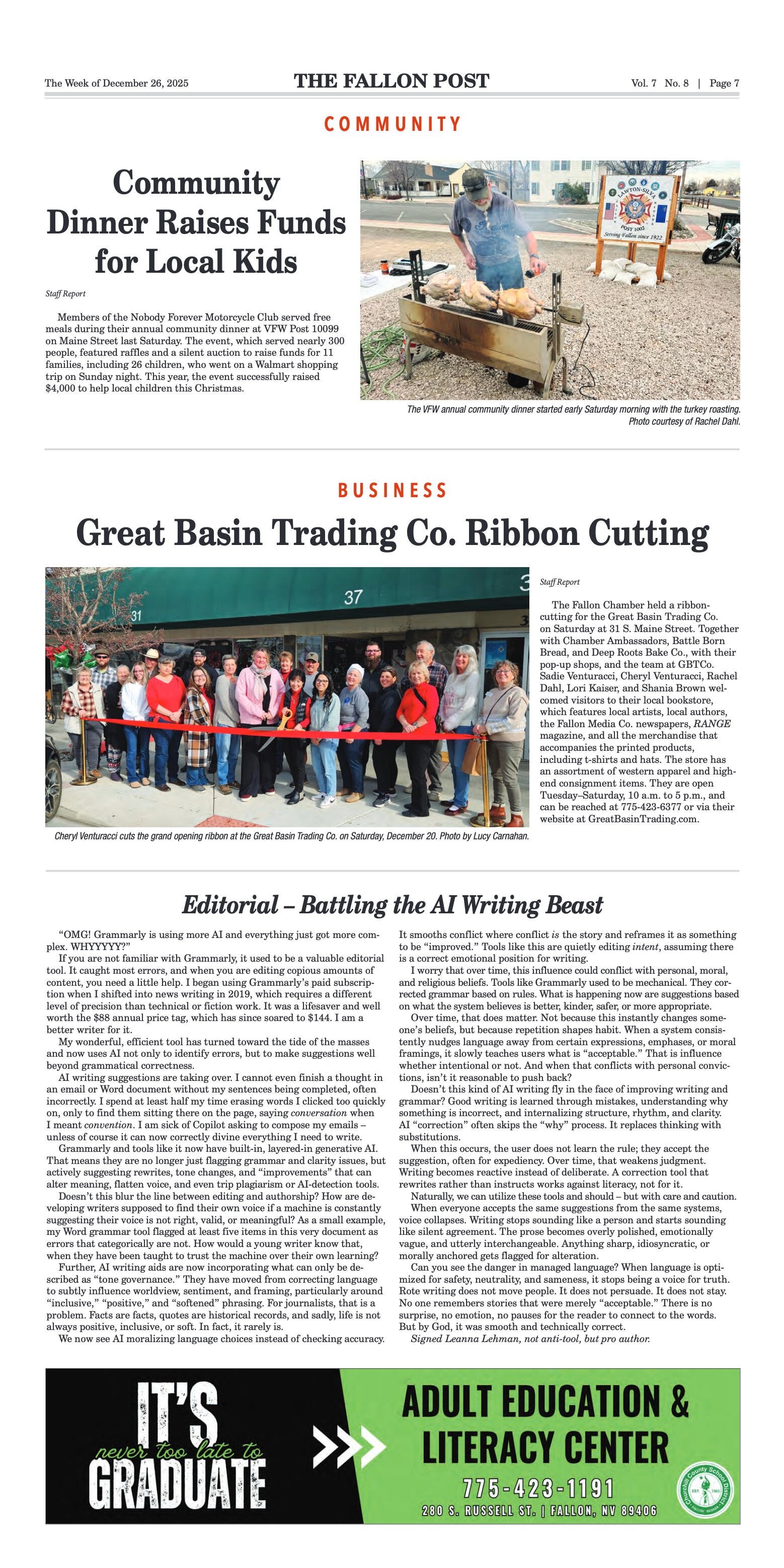

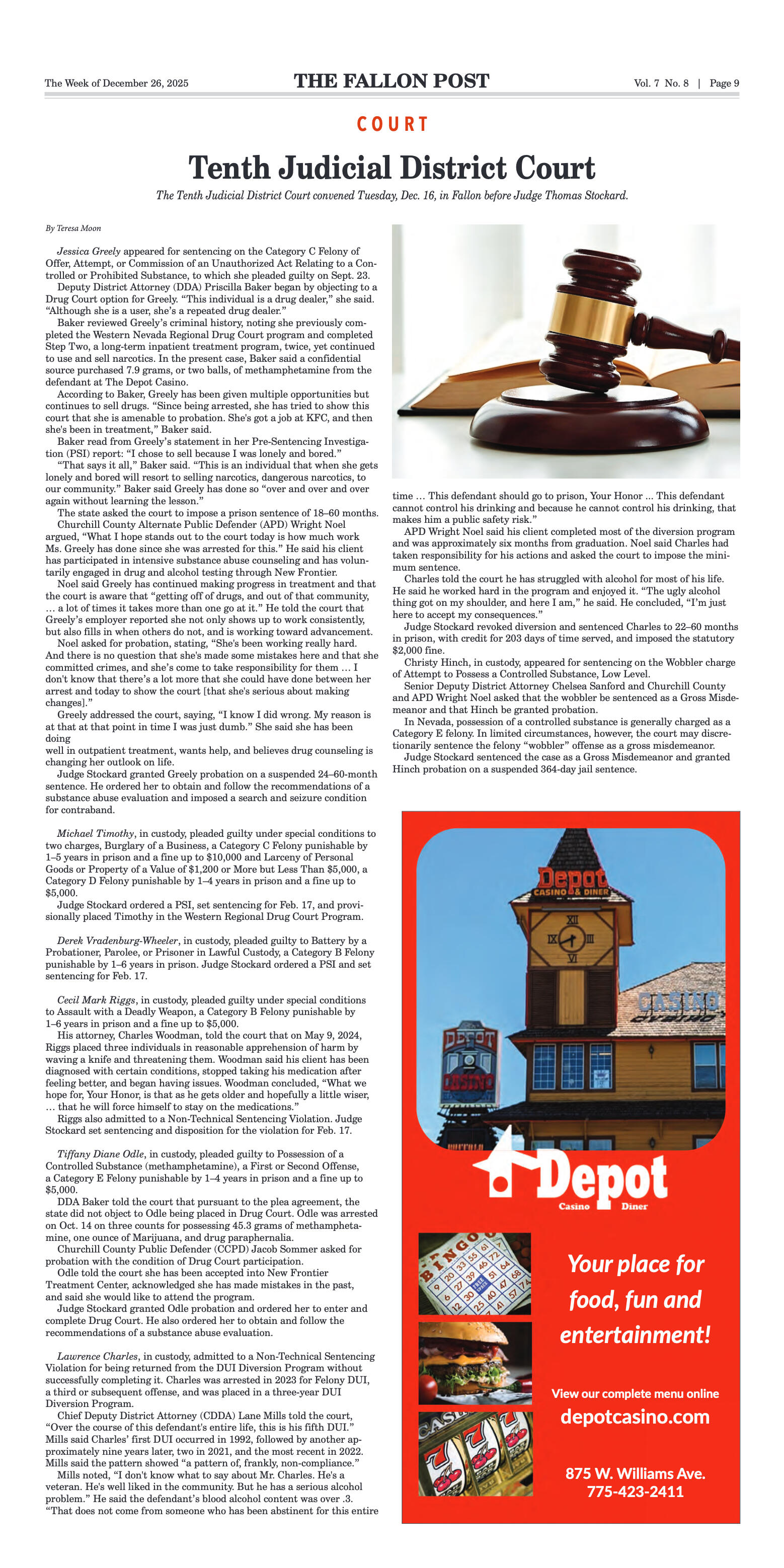
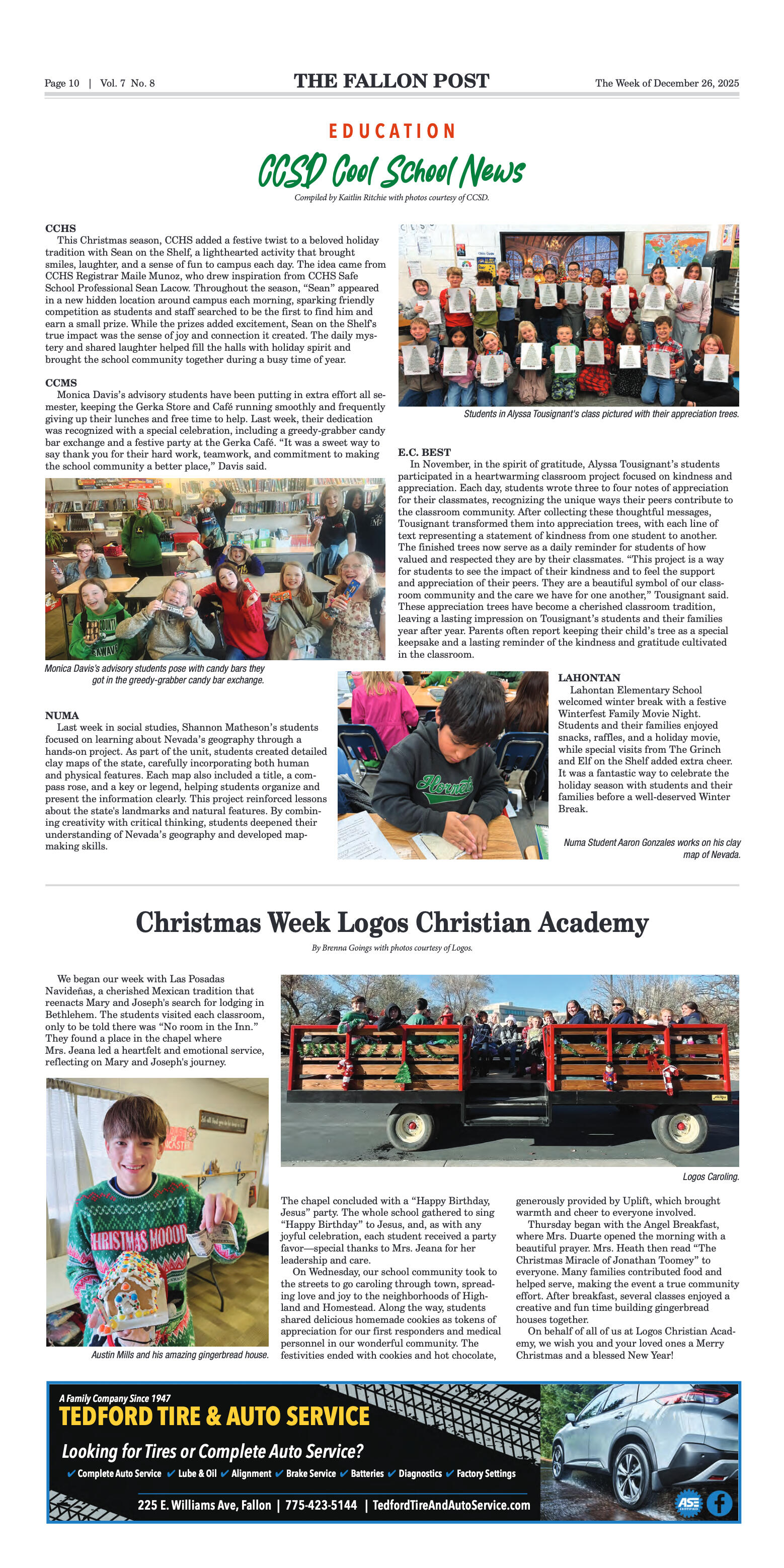
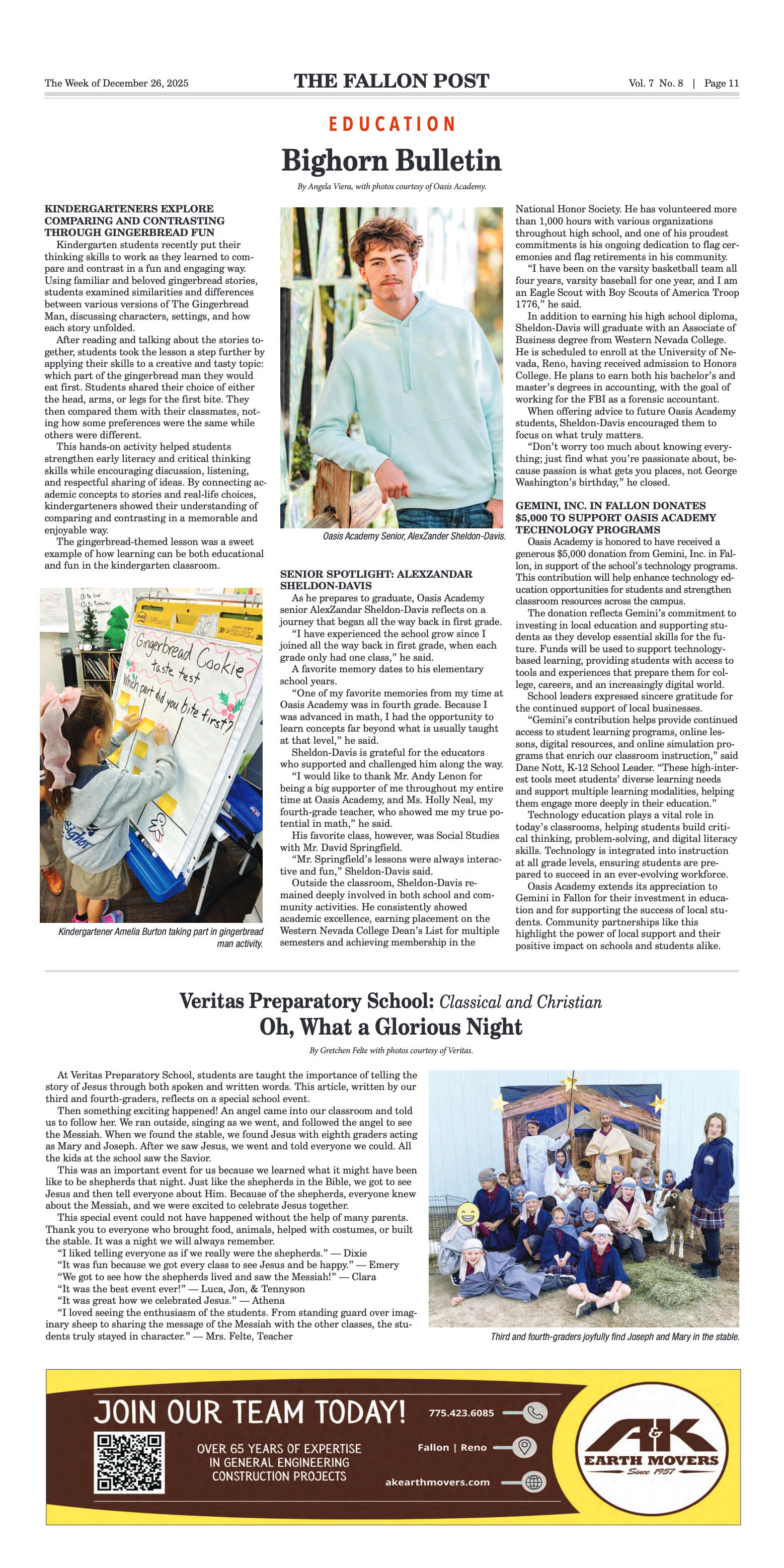
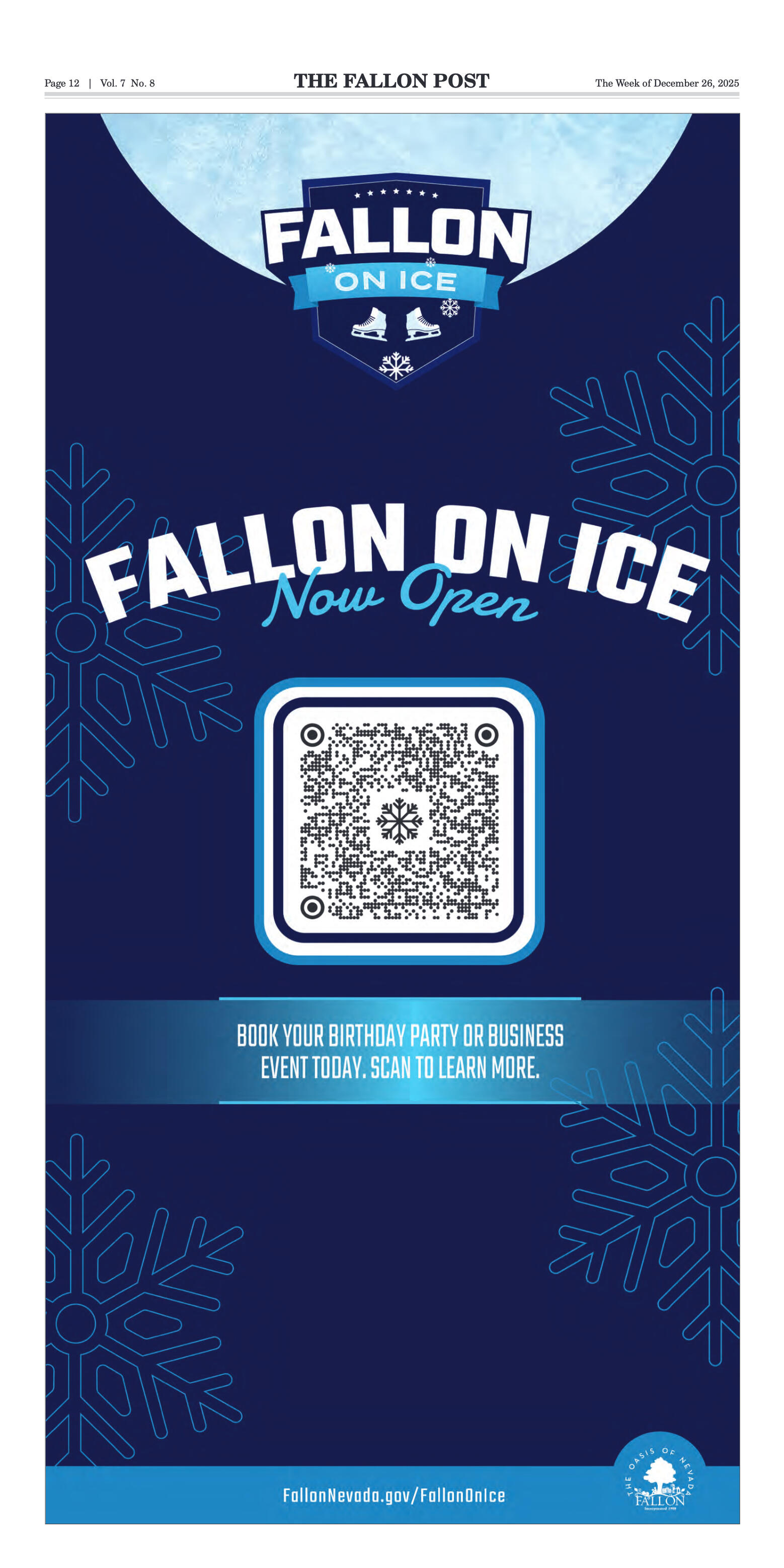

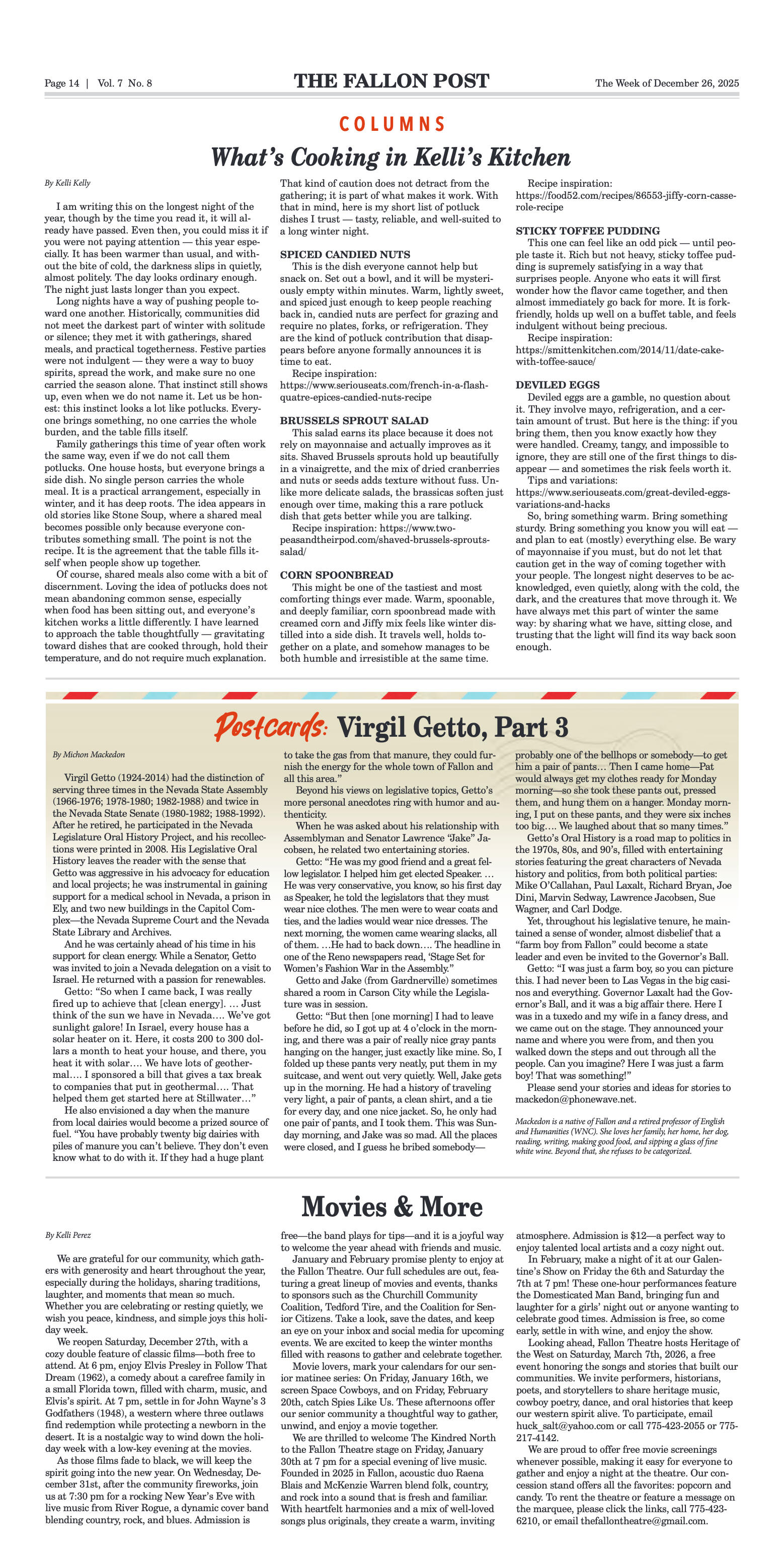

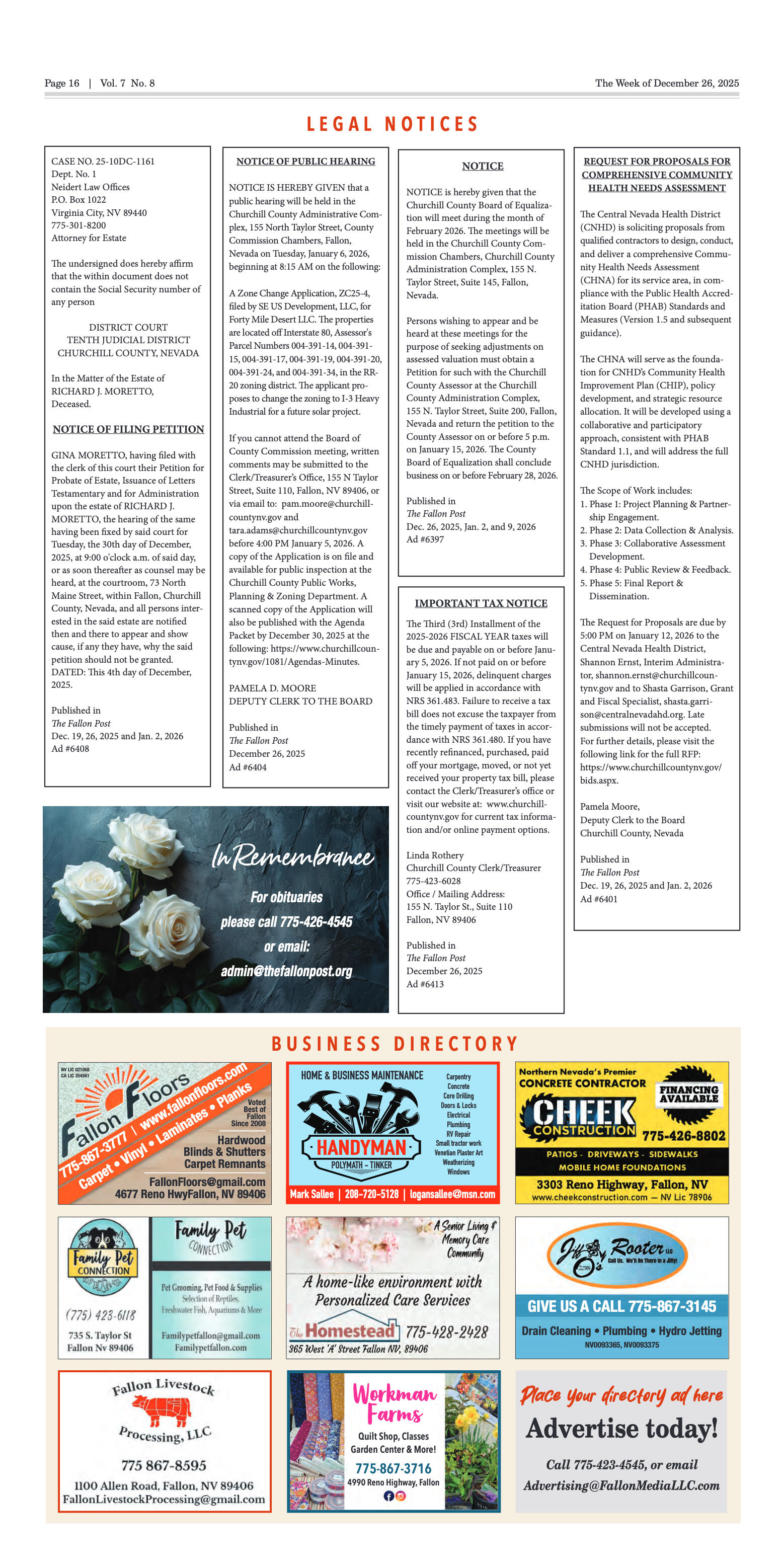






















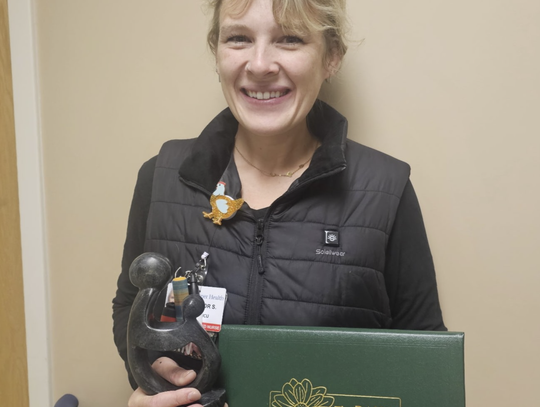



Comment
Comments